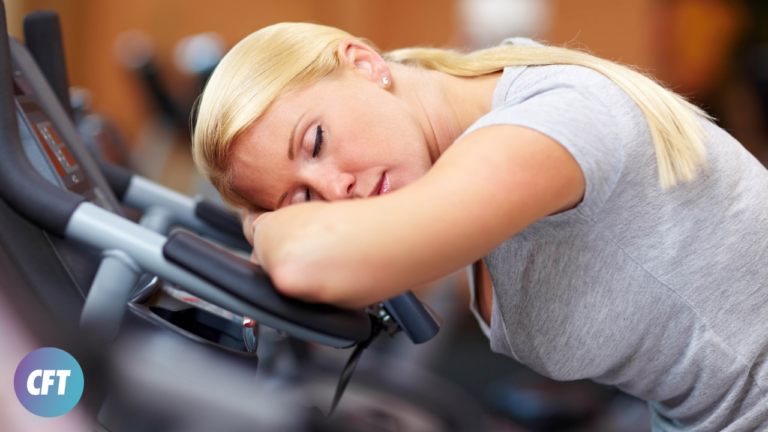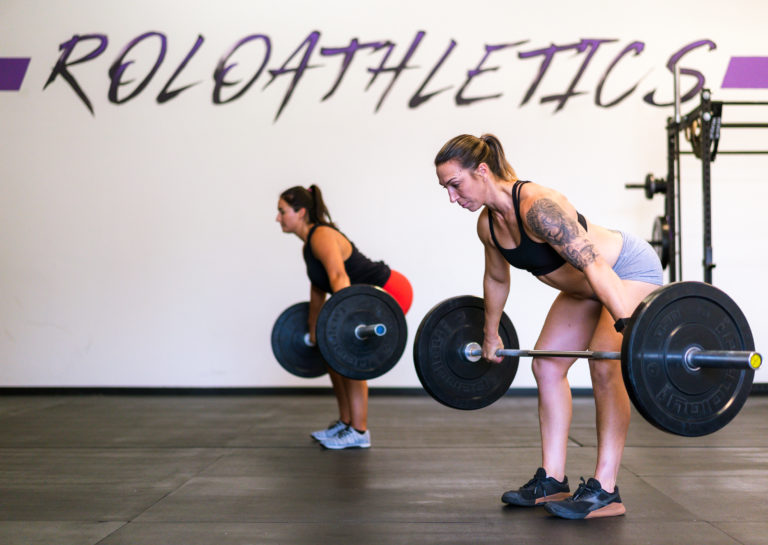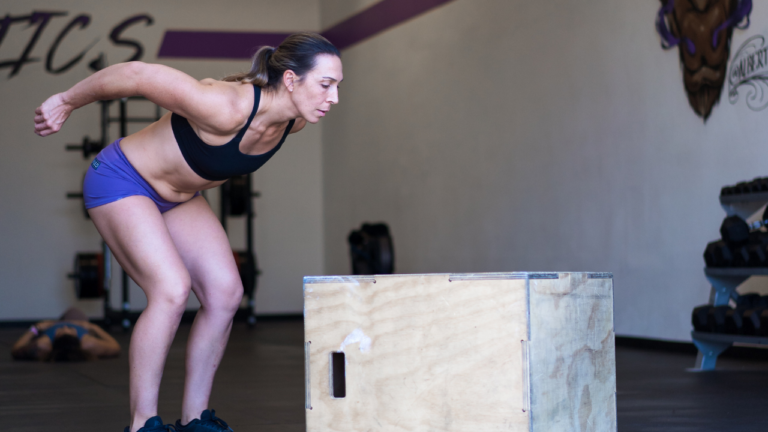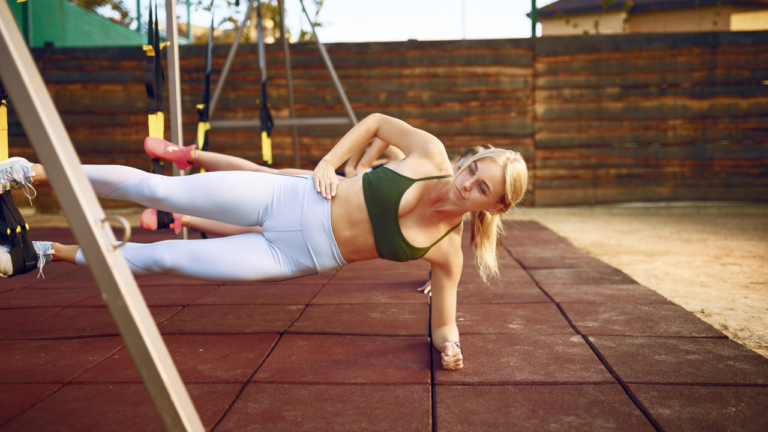5 Tips to Improve Your Back Squat as a Female Athlete
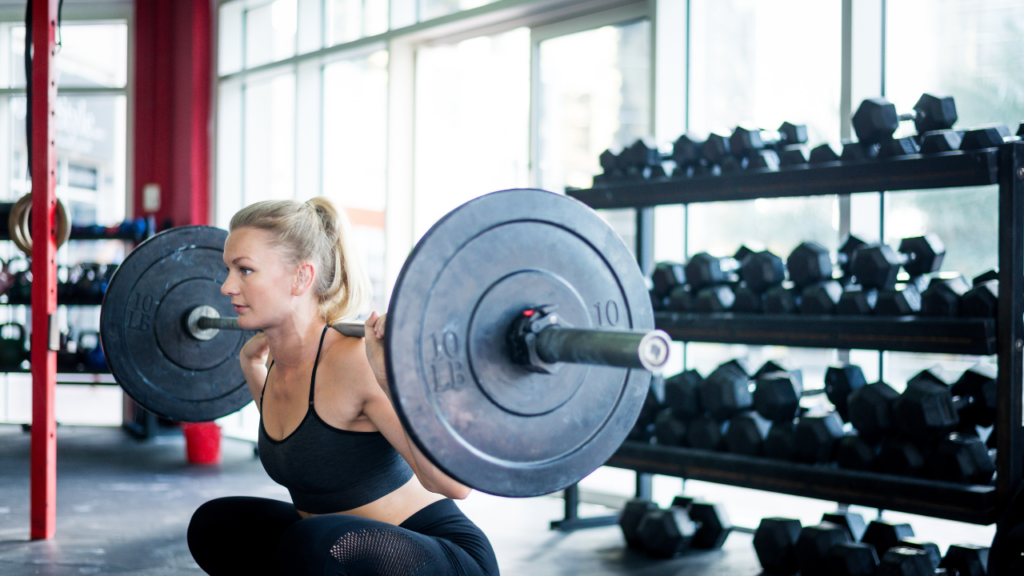
The back squat is a foundational lift that builds strength, power, and athleticism, especially for female athletes.
It engages major muscle groups—like the quads, hamstrings, glutes, and core—while also supporting full-body stability.
Whether you’re a competitive lifter, CrossFit athlete, or just looking to improve your overall fitness, optimizing your back squat can lead to impressive strength gains and enhanced performance. Here are five tips to help you boost your back squat as a female athlete.
1. Master Your Mobility
Mobility plays a crucial role in your squat performance. Tight hips, ankles, or thoracic spine can restrict your range of motion, limit depth, and lead to inefficient movement patterns. Improving flexibility and mobility will enable you to achieve a deeper, more stable squat.
Focus on:
- Hip Flexor and Ankle Mobility: Perform dynamic stretches such as hip openers and ankle dorsiflexion drills before every squat session.
- Thoracic Spine Mobility: Incorporate exercises like thoracic extensions and overhead shoulder work to maintain an upright chest during your squat.
- Dynamic Warm-Ups: Use exercises like lunges, leg swings, and goblet squats to warm up your joints and get into optimal squatting positions.
2. Strengthen Your Core
A strong core provides the stability needed to handle heavy weights and protect your lower back. It acts like a pillar to support your spine throughout the lift. As a female athlete, improving core strength will not only increase your squat numbers but also help prevent injury.
To strengthen your core:
- Incorporate exercises like planks, hollow body holds, and dead bugs into your routine.
- Practice bracing your core by taking a deep breath and tightening your abdominal muscles before descending into the squat. This intra-abdominal pressure stabilizes your spine and keeps you strong throughout the lift.
3. Perfect Your Form
Good squat mechanics are key to lifting efficiently and preventing injury. Start by refining your technique with lighter weights to develop proper form, then gradually increase the load as your strength improves.
Key form tips:
- Foot Position: Place your feet shoulder-width apart with toes slightly pointed outward. This allows your knees to track over your toes and improves depth.
- Engage Your Glutes and Hamstrings: As you stand up from the squat, drive through your heels and squeeze your glutes at the top. Engaging these muscles can help prevent knee cave and provide additional power.
- Bar Position: Place the bar in the low-bar or high-bar position based on what feels most comfortable and natural for your body type and goals.
4. Progressive Overload
One of the most effective ways to get stronger is through progressive overload—gradually increasing the weight or volume of your workouts over time. For back squats, this could mean increasing the weight on the bar, adding more sets or reps, or even incorporating tempo variations.
Try to:
- Increase your squat weight by 2.5-5% every 1-2 weeks, depending on your strength level.
- Use tempo squats (e.g., 3 seconds on the way down) to focus on control and strength during each phase of the lift.
- Alternate between high-rep and low-rep days to build both endurance and strength.
5. Train Glutes, Hamstrings, and Quads
Strong legs are the foundation of a powerful squat. If you’re struggling to hit higher numbers, your glutes, hamstrings, and quads might need extra attention. Incorporate accessory work to build the muscles involved in squatting.
Effective accessory movements include:
- Glute Bridges or Hip Thrusts: Great for activating and strengthening your glutes.
- Romanian Deadlifts or Nordic Hamstring Curls: Target the hamstrings to balance strength and prevent lower back stress.
- Split Squats or Leg Press: Focus on unilateral work to build quad strength and improve symmetry.
Bonus Tip: Focus on Recovery
While it’s easy to focus on the hard work in the gym, proper recovery is essential for strength gains. Ensure you’re getting adequate rest, staying hydrated, and fueling your body with nutrient-dense foods, particularly protein, to support muscle growth. Consider adding mobility work, foam rolling, and stretching into your recovery routine to keep your muscles loose and primed for your next squat session.
Improving your back squat takes time and consistency, but by focusing on mobility, core strength, technique, progressive overload, and accessory work, you’ll see steady gains.
As a female athlete, don’t be afraid to push yourself in this lift—it’s one of the most effective ways to build full-body strength, enhance athletic performance, and develop confidence in the gym.
Want to follow a program that incorporates all of these tips on a regular basis? Check out our Strength Program!

